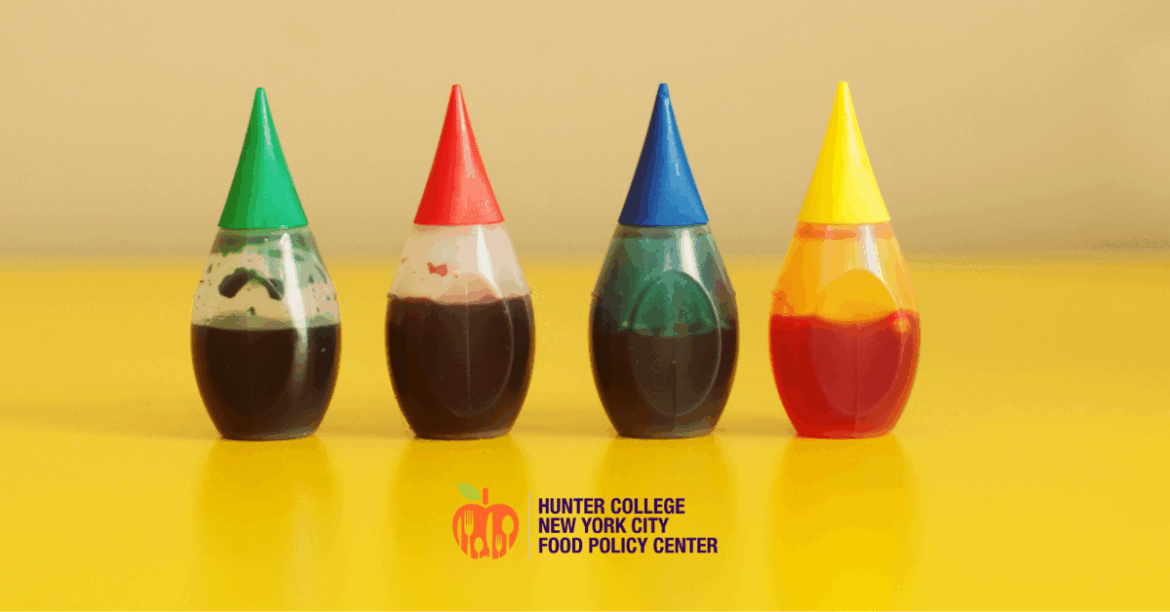This month, a wave of institutional reporting from the World Health Organization, UNICEF, and Food and Agriculture Organization of the United Nations indicates that global hunger rates are beginning to stabilize. According to the 2025 State of Food Security and Nutrition in the World report, the rate of chronic hunger has decreased for the first time since 2017. However, progress is uneven. The report highlights stark regional disparities—particularly in parts of Africa and Western Asia, including Gaza, where hunger is worsening. In many of these regions, conflict and climate-related shocks have outpaced humanitarian responses and undermined local food systems.
In Gaza, UN-supported food security experts warn that one in three residents is going days without food, and over 500,000 people face famine-like conditions. The Gaza Health Ministry reported at least 82 malnutrition-related deaths in July, including dozens of children. Although a formal famine declaration is still pending, international agencies say Gaza has met two of the three criteria required for such a designation.
The hunger crisis in Gaza is driven by a combination of factors: ongoing conflict, restrictions on humanitarian access, and the widespread destruction of infrastructure critical to food production and distribution. Israeli authorities have paused military operations for up to ten hours daily in certain areas and opened designated corridors for aid delivery. However, humanitarian organizations describe these efforts as inadequate and warn that starvation continues to worsen—especially since major disruptions to the World Food Programme’s operations earlier this year severely limited aid delivery for weeks at a time. Aid convoys have faced frequent shortages and security risks since Israel modified its distribution policies.
US Senator Chris Van Hollen of Maryland is on the record in February 2024 saying “Kids in Gaza are now dying from the deliberate withholding of food. That is a war crime. It is a textbook war crime. And that makes those who orchestrate it war criminals.” He is leading a group of senators urging the Trump administration to suspend financial support for Gaza Humanitarian Foundation, a private food distribution organization backed by Israel.
UNICEF: Children are Dying as Famine Conditions Deepen in Gaza
WHO: Malnutrition rates reach alarming levels in Gaza
IPC: Worst-case scenario of Famine unfolding in the Gaza Strip
What’s Hot: Food Dyes Face a Phase-Out
In a major shift for the packaged food industry, companies including PepsiCo, General Mills, Kraft Heinz, and Kellogg’s have announced plans to eliminate synthetic food dyes from their products by 2027. The move follows a high-profile push by Health Secretary Robert F. Kennedy Jr., who considers artificial dyes a public health concern, particularly for children, and has called for their removal from the US food supply.
The current shift is the result of strategic use of public pressure rather than any new federal regulation. RFK Jr. and the Department of Health and Human Services announced the industry’s cooperation even before most companies had formally agreed, betting that voluntary compliance would follow.
While the science linking dyes to behavioral issues like ADHD remains limited, prior research, including a 2007 Southampton Study, prompted the European Union to adopt warning labels, and in some cases, bans. US regulatory efforts have lagged, with Red Dye No. 3 only recently having been scheduled for a phase-out by 2027.
Even with inconclusive science, supporters of the ban argue that the issue is as much visual as it is chemical, because artificially colored snacks are designed to entice children. If childhood favorites look duller, might they not lose some of their appeal?
The transition to natural colors, however, poses technical and logistical challenges. Manufacturers face supply-chain limitations, unstable crop yields, and difficulties replicating the brightness of synthetic dyes. Still, with several states considering their own dye regulations, industry leaders may prefer a national, coordinated shift over a patchwork of local rules. Whether the change will have meaningful public health outcomes is still uncertain, but it reflects a growing political willingness to challenge long-standing industry norms concerning food additives.
Listen: Faded Fruit Loops and Dull Doritos: Is Big Food Losing the War on Dyes? | NYT Podcast
Watch: Why the U.S. Quitting Artificial Food Dyes Is So Difficult | WSJ – YouTube
Read: Ultra-Processed Foods | FDA
Watchdog: FDA Scraps 52 Food Standards
This month, the FDA announced it will revoke or propose to revoke 52 food standards of identity (SOIs), affecting categories including canned fruits, dairy products, baked goods, and pasta. Officials say the move reduces red tape, supports innovation, and frees up agency resources.
Standards of identity, first established in 1939, were originally intended to prevent food fraud and ensure consistency in labeling. According to a recent breakdown published in Food & Wine, revoking these standards of identity could allow for more flexible production methods, but it may also make food-labeling less uniform. Products like jams, cheeses, and flavorings may now vary more widely in composition, without the guardrails consumers have come to expect.
Some standards targeted for removal pertain to foods that are no longer widely sold, such as canned fruit sweetened with saccharin. But others, including milk-based breads, vanilla flavorings, and low-sodium cheeses, remain in circulation.
The FDA frames the change as part of a broader modernization effort, but consumer advocates question what’s lost when long-standing definitions disappear from labels.
Read: List of Standards Affected by FDA’s First Set of Food Standard Revocation Rulemakings
Quote of the Month:
“It’s kind of like winning the lottery.” – Andy Critchfield, West Virginia farmer, on the bipartisan Strengthening Local Food Security Act, the proposed legislation that would offer grants to support farm-to-school and farm-to-food-bank programs.


